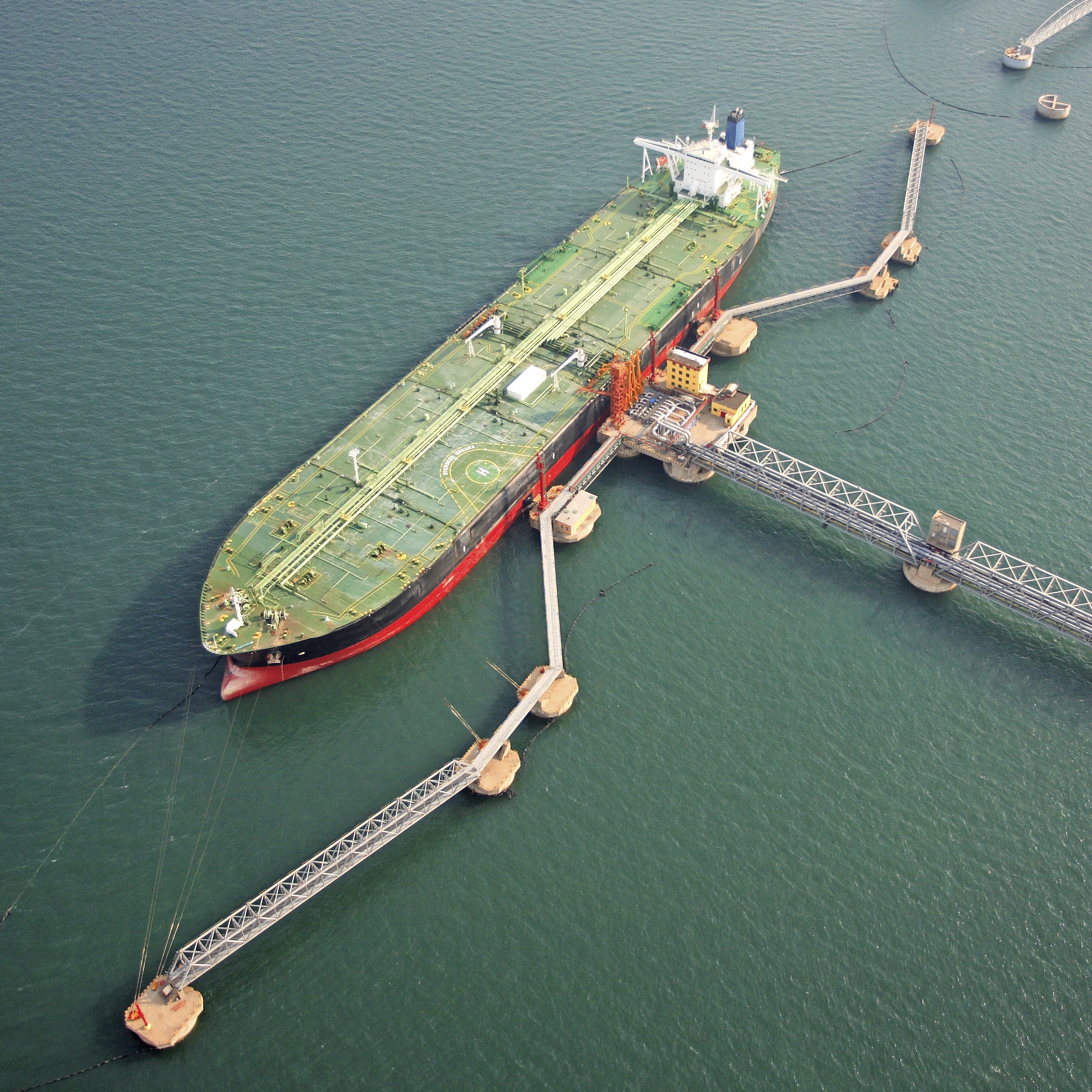Energy
Crude Oil Price Weakens After IEA Reports Supply Increase

Published:
Last Updated:

In its monthly Oil Market Report for September released Tuesday morning, the International Energy Agency (IEA) said that global crude supplies increased by 600,000 barrels per day, primarily due to a rise of half a million barrels a day from Russia and Kazakhstan. The agency also noted that OPEC supply reached an all-time high of 33.64 million barrels a day in September.
The IEA projects global demand growth of 1.2 million barrels a day for the year, down from 1.4 million barrels a day as recently as July. The agency noted: “Growth continues to slow, dropping from a five-year high in 3Q15 to a four-year low in 3Q16 due to vanishing OECD growth and a marked deceleration in China.”
Global production rose by 200,000 barrels a day in September to 97.2 million barrels a day. The IEA expects non-OPEC supply to drip by 900,000 barrels a day in 2016, before bouncing back to add 400,000 barrels a day in 2017.
Commercial inventories dipped by 10 million barrels to 3.092 billion barrels in August with preliminary data for September indicating a further decline.
While the oil market continues its rebalancing act, the IEA does not expect balance until next year:
Even with tentative signs that bulging inventories are starting to decline, our supply-demand outlook suggests that the market – if left to its own devices – may remain in oversupply through the first half of next year. If OPEC sticks to its new target, the market’s rebalancing could come faster.
That outlook may be too optimistic. Ian Taylor, CEO of Vitol, the world’s largest trader of physical oil, said on Monday that he does not see a rebalancing in the crude market until the second half of 2017. He told a Reuters commodities conference that a cut of 1 million barrels a day would boost the price of crude, but he’s not sure if or how OPEC members would divvy up the reductions:
If they really give us 1 million bpd, I think you’re going to have to say oil is going to be in the high 50s, early 60s.
That for sure will start having an impact, much more on paper immediately, and will bring the market back to balance in the second half of 2017. But can they really give us a million between OPEC and non-OPEC? It’s a tough call.
Adding more fuel to the production cut fire, Russian President Vladimir Putin said on Monday that Russia was ready to freeze or cut production as needed to help lift prices.
The IEA report sent the price of West Texas Intermediate (WTI) crude for November delivery down about 1.3% to $50.69 in electronic trading Tuesday morning. Brent crude for December delivery traded down about 1.1% at $52.57.
The last few years made people forget how much banks and CD’s can pay. Meanwhile, interest rates have spiked and many can afford to pay you much more, but most are keeping yields low and hoping you won’t notice.
But there is good news. To win qualified customers, some accounts are paying almost 10x the national average! That’s an incredible way to keep your money safe and earn more at the same time. Our top pick for high yield savings accounts includes other benefits as well. You can earn up to 3.80% with a Checking & Savings Account today Sign up and get up to $300 with direct deposit. No account fees. FDIC Insured.
Click here to see how much more you could be earning on your savings today. It takes just a few minutes to open an account to make your money work for you.
Thank you for reading! Have some feedback for us?
Contact the 24/7 Wall St. editorial team.